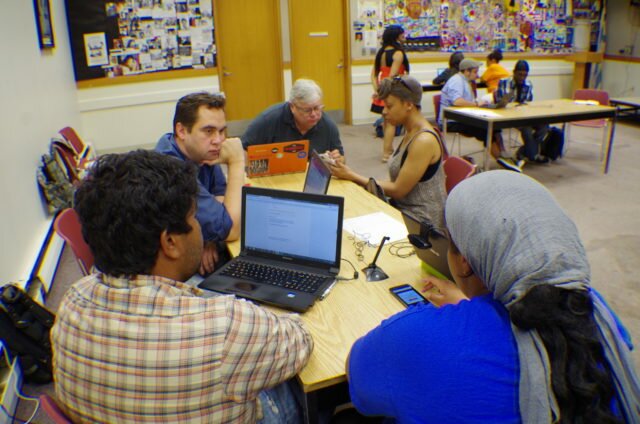 A few weeks ago, we held our first orientation with 17 new CUTGroup Proctors. This was the first step in formalizing a proctor program, training people who were once highly active CUTGroup testers to learn more about usability (UX) testing and CUTGroup test processes and help build better technology in a new way. Similar to our Documenter Program, creating a CUTGroup Proctor program allows us to help train people in new skills and bring new people into the technology ecosystem.
A few weeks ago, we held our first orientation with 17 new CUTGroup Proctors. This was the first step in formalizing a proctor program, training people who were once highly active CUTGroup testers to learn more about usability (UX) testing and CUTGroup test processes and help build better technology in a new way. Similar to our Documenter Program, creating a CUTGroup Proctor program allows us to help train people in new skills and bring new people into the technology ecosystem.
CUTGroup Proctors will be paid to help with current test tasks such as facilitate tests, transcribe sessions, write results, help edit videos and more. They will also allow us to grow the program by using skillsets that we didn’t have before, by helping us conduct tests in multiple languages or reach new groups of people to include in the CUTGroup.
Yesterday @SmartChicago held an orientation for #CUTGroup Proctors —residents who will help administer future tests! pic.twitter.com/Q6JRDdqwgT
— Smart Chicago (@SmartChicago) July 27, 2016
Over the last year, we have expanded the CUTGroup into Cook County, but as we include new testers we want to keep our experienced testers engaged. The proctor program also allows us to build our community, moving active testers into new roles and creating more spaces in tests for new testers to participate. I am overwhelmed by the number of CUTGroup testers who wanted to be part of this opportunity. I invited 30 active CUTGroup testers and over half of them replied, “Yes!”
Thank you for being a part of the CUTGroup! I am writing to you because you have been a big part of CUTGroup and very active in tests. I appreciate all of the time you have spent helping us, and I wanted to see if you would be interested in becoming a CUTGroup proctor.
As you know, CUTGroup proctors are a huge part of helping administer tests and capturing responses and feedback from testers. Since you have been on the other side of the test so often, this could be an opportunity to continue to participate in this community and help us build better technology in a new way.
(Snippet from my email)
A couple of our new CUTGroup Proctors have experience with technology and even user testing, but the majority of them do not. Some of them do not consider themselves to be very “tech-savvy” but are interested in learning new digital skills. Our proctors are educators, nurses, mothers, veterans, researchers, marketing specialists, and customer service representatives (just to name a few). Their backgrounds and experiences are assets to the CUTGroup and they are invested in helping build better technology for our communities. Here are some of the reasons why they wanted to become CUTGroup Proctors:
“I believe in the value of research and appreciate the idea of getting feedback from local community members. This then supports the notion that every person’s voice and opinion carry equal weight.”
“I’m interested in being a CUTGroup proctor because I’ve really enjoyed the process of being a participant, but also because I am eager to get on the other side of the table and learn from the work that is being done.”
“I’ve had an opporunity to participate with this group in the past and see how dedicated the team is to make sure they ‘get it right.’ It’s the feedback from ALL Chicago residents that helps build products services that truly work for them/us.”
“I’m open to learning new and interesting things and working with different people.”
Last week, I facilitated a proctor workshop to teach about how to administer a CUTGroup test. We went through some information about what UX testing is and why it’s an important part of building technology. We also worked together on some exercises to develop questions for an upcoming test and capture feedback. The goal was to move away from giving feedback as CUTGroup testers and begin to observe and listen as CUTGroup proctors. I also wanted them to understand how skills from other jobs can be applied to their experiences at CUTGroup Proctors.
Tonight we hosted a training with our new #cutgroup proctors on UX testing, building questions & capturing feedback! pic.twitter.com/klH0866f7N
— Sonja Marziano (@ssmarziano) August 3, 2016
Last Monday, five of these new CUTGroup Proctors participated in their first CUTGroup test! I’m looking forward to sharing the progress of the CUTGroup program.
 We are excited to announce that Smart Chicago is partnering with the City of Detroit, Data Driven Detroit, and Microsoft, to help build the first Civic User Testing Group (CUTGroup) in Detroit. This is part of our
We are excited to announce that Smart Chicago is partnering with the City of Detroit, Data Driven Detroit, and Microsoft, to help build the first Civic User Testing Group (CUTGroup) in Detroit. This is part of our 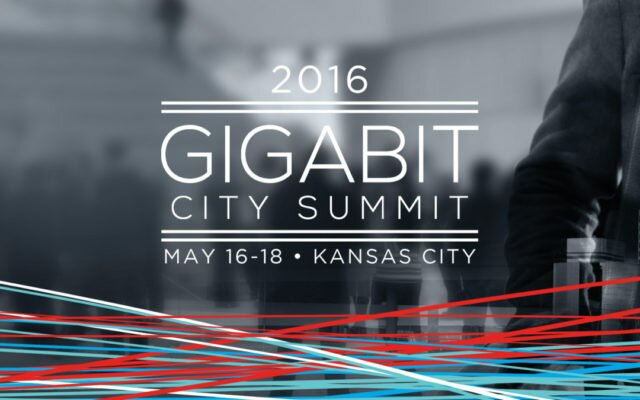 A couple of weeks ago, I went to the Gigabit City Summit, “a three-day learning and networking opportunity exclusively designed for leaders in current and emerging Gigabit Cities,” hosted by KC Digital Drive. I was invited to present on the Civic Tech track entitled “Build a Volunteer Coding Brigade.”
A couple of weeks ago, I went to the Gigabit City Summit, “a three-day learning and networking opportunity exclusively designed for leaders in current and emerging Gigabit Cities,” hosted by KC Digital Drive. I was invited to present on the Civic Tech track entitled “Build a Volunteer Coding Brigade.”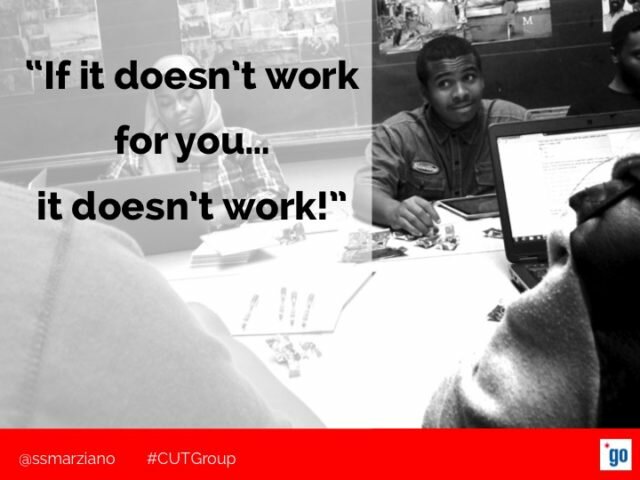
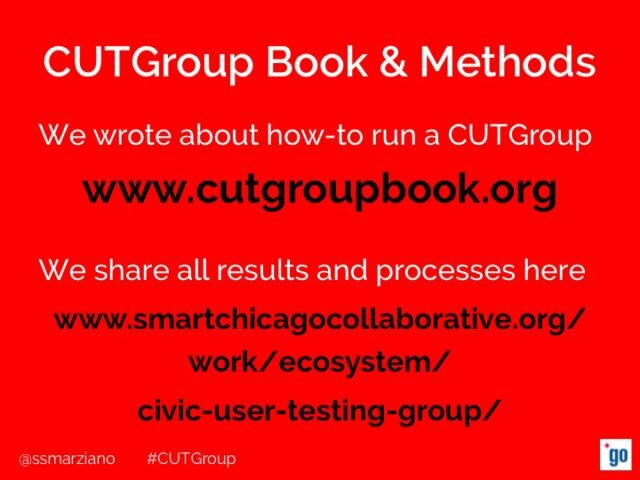
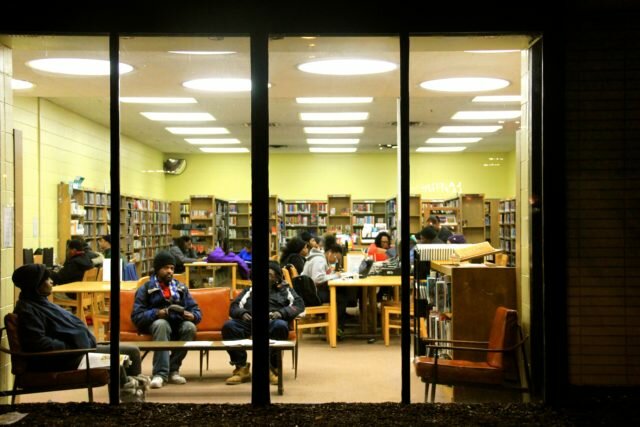

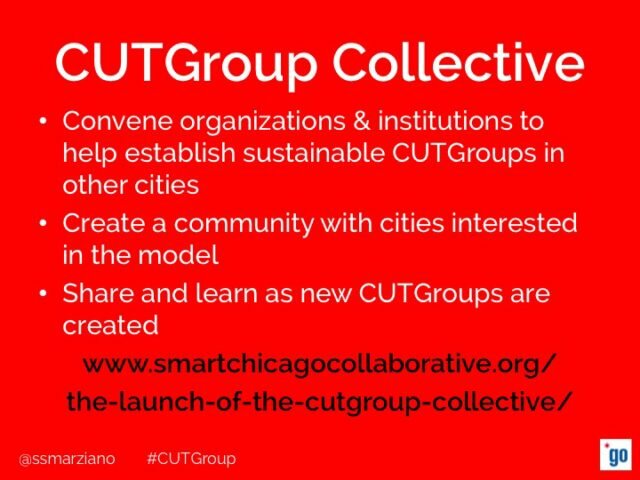
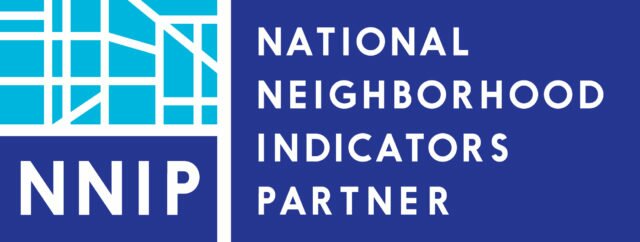
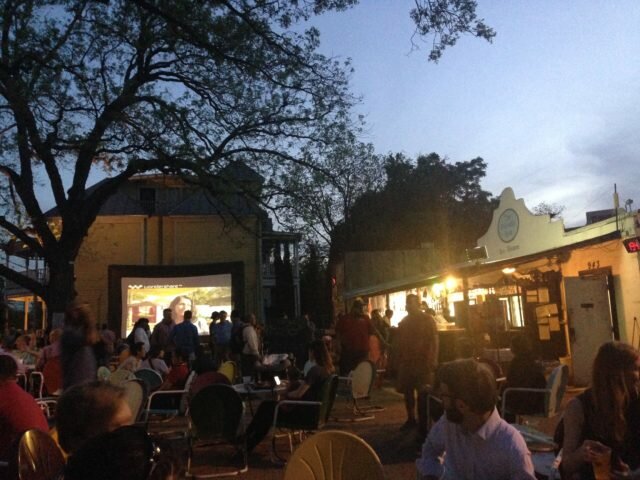

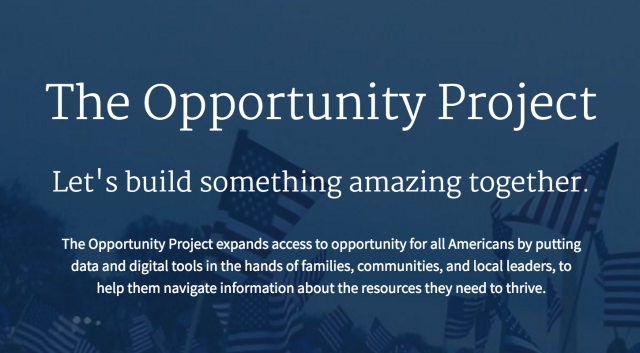 Smart Chicago will be partnering with
Smart Chicago will be partnering with 